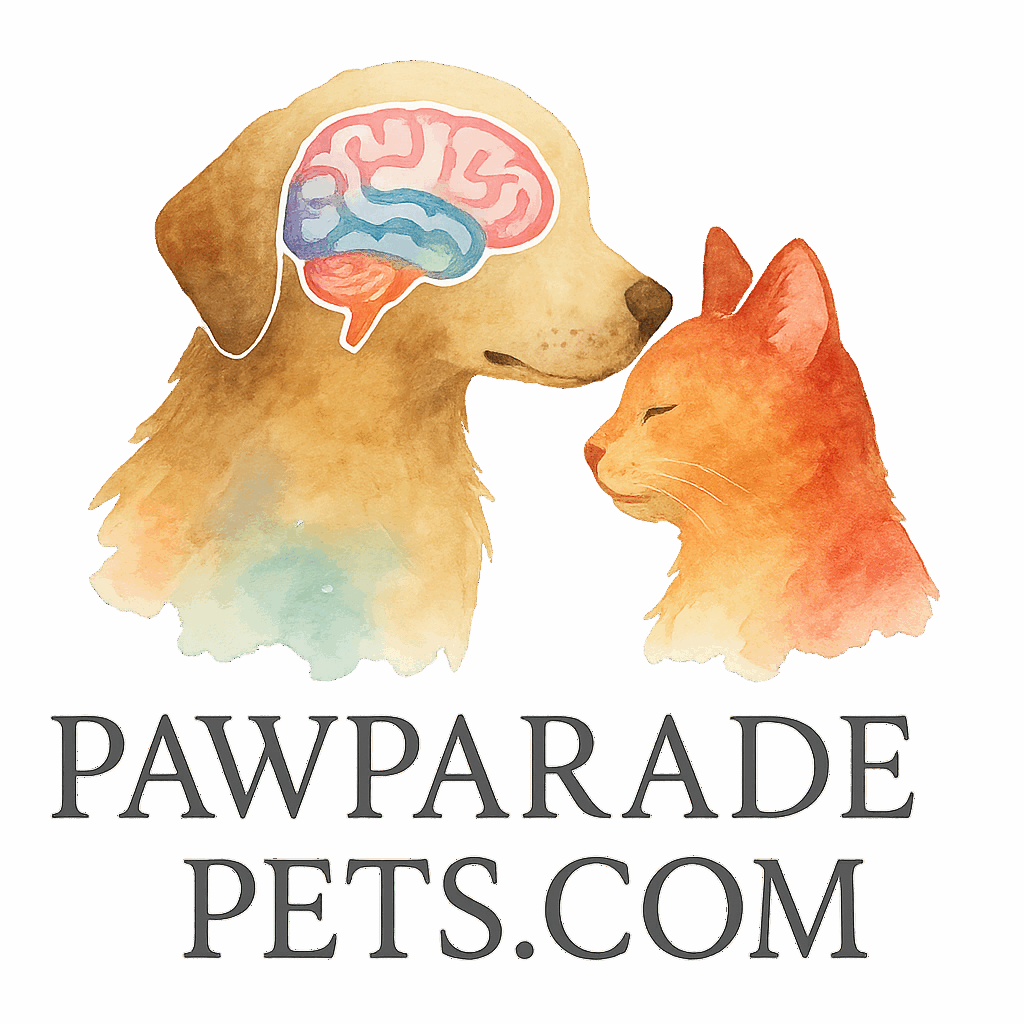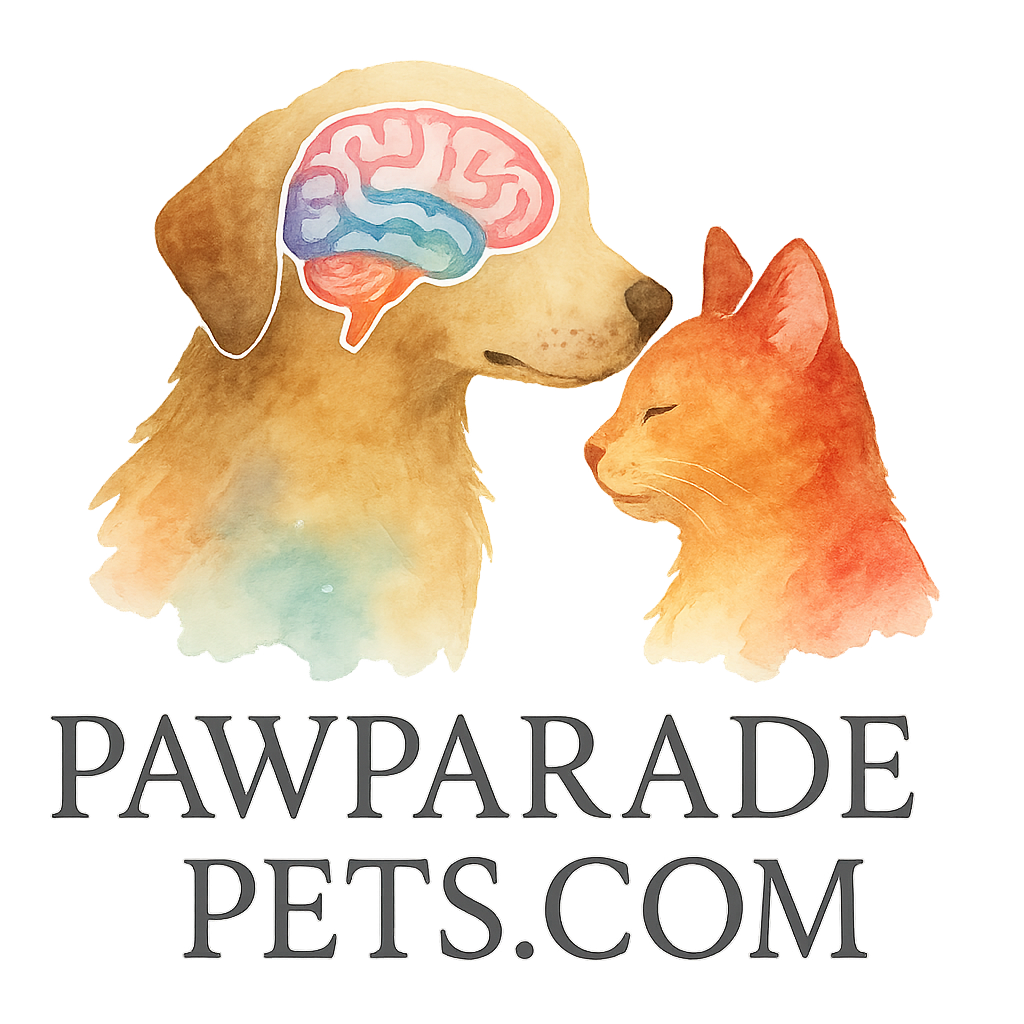Introduction to Brain Training for Small Pets
When people think about pet care, they usually picture feeding, grooming, or maybe daily walks. But did you know that your furry little friend needs just as much mental stimulation as physical exercise? That’s where brain training for pets comes in.
Small pets—whether hamsters, guinea pigs, rabbits, or tiny dogs—are curious, intelligent creatures. If you don’t give them challenges, boredom creeps in, and boredom often leads to destructive behaviors. By introducing brain training tools, you’re not only keeping them entertained but also helping them live healthier, happier lives.
Why Brain Training is Important for Small Pets
The Link Between Mental Stimulation and Behavior
Think about yourself: when you’re bored, don’t you look for something to do—maybe snacking or scrolling on your phone? Small pets are the same. Lack of stimulation can cause chewing, digging, or even aggression. Brain training helps redirect that energy into problem-solving activities, which can prevent behavior issues before they start.
How Brain Training Boosts Pet Health
Brain training doesn’t just sharpen intelligence. It reduces stress, encourages natural instincts like foraging, and can even lower the risk of obesity when paired with puzzle feeders. In short, a mentally active pet is usually a healthier pet.
👉 For more on the benefits of pet brain training, check out this guide.
Choosing the Right Brain Training Tools for Small Pets
Factors to Consider Before Buying
Not every tool is right for every pet. You’ll want to consider:
- Your pet’s size
- The level of difficulty (don’t frustrate them!)
- Safety of the materials
- Ease of cleaning
Safety and Size Considerations
For small pets, safety is crucial. Avoid tools with tiny detachable parts that could be swallowed. Stick with chew-safe, non-toxic materials designed specifically for small animals.
👉 Curious about training basics? Explore brain training foundations.
Tool #1: Puzzle Feeders for Small Pets
Benefits of Puzzle Feeders
Puzzle feeders combine mealtime with a mental workout. Instead of just gobbling food, pets work for it—sniffing, nudging, or pawing to unlock treats. This slows eating (great for digestion) and provides enrichment.
Examples of Puzzle Feeders
- Mini treat balls for hamsters and rabbits
- Sliding panel puzzles for small dogs
- Wheel feeders for guinea pigs
👉 Find fun options in the games & activities section.
Tool #2: Interactive Toys for Cognitive Development
How Interactive Toys Improve Problem-Solving
Interactive toys respond to your pet’s actions—like a ball that lights up when rolled or a toy that dispenses treats when nudged. This teaches cause-and-effect and keeps their brain engaged.
Best Interactive Toys for Small Pets
- Motion-activated balls for small dogs
- Chew-safe rolling toys for rabbits
- Hanging toys for climbing pets like ferrets
👉 See more interactive picks in the toys & tools category.
Tool #3: Training Clickers and Reward Systems
The Science Behind Clicker Training
Clicker training uses a sound (the click) to mark a desired behavior, immediately followed by a treat. Over time, pets learn to associate the sound with success. It’s one of the most effective methods for obedience.
Using Rewards to Reinforce Behavior
Rewards can be small treats, playtime, or even gentle praise. Consistency is key—your pet should know that effort equals reward.
👉 Learn more about obedience and training.
Tool #4: Small Pet Obstacle Courses
DIY Obstacle Course Ideas
You don’t need to spend a fortune. Use toilet paper rolls, cardboard boxes, or tunnels to create a fun challenge at home.
Store-Bought Obstacle Set Recommendations
For those who prefer ready-made options, small pet agility kits are widely available. They often include tunnels, mini jumps, and platforms.
👉 For bigger challenges, explore advanced brain activities.

Tool #5: Smart Gadgets for Brain Training
Examples of Tech Gadgets for Pets
- Bluetooth-enabled puzzle games
- Cameras with treat dispensers
- Motion-sensing toys
Benefits of Digital Brain Training Tools
Smart gadgets can keep your pet entertained even when you’re not home, making them perfect for busy pet parents.
👉 Browse the latest tech and gadgets for pets.
Tool #6: Foraging Mats and Snuffle Pads
Why Foraging is Great for Mental Stimulation
Foraging taps into natural instincts. Snuffle pads mimic the experience of searching for food in grass, which is both fun and calming for pets.
Top Picks for Small Pet Foraging Tools
- Felt snuffle mats for guinea pigs
- Mini digging boxes for rabbits
- Soft mats for toy-breed dogs
👉 Check more activities and games.
Tool #7: Cognitive Games and Activity Kits
How Games Improve Obedience and Engagement
Structured games like hide-and-seek or shape puzzles improve memory, focus, and response to commands. They also strengthen the bond between you and your pet.
Brain Training Kits for Small Pets
These often include multiple challenges in one kit—puzzle boards, tunnels, and interactive toys—offering variety to keep your pet engaged.
👉 Explore more brain training kits.
Tips for Incorporating Brain Training Daily
Short, Engaging Sessions Work Best
Keep sessions under 10 minutes to avoid frustration. Consistency matters more than duration.
Mixing Physical and Mental Stimulation
Combine training with walks or playtime. A mentally and physically stimulated pet is usually calmer and more obedient.
👉 Learn how to blend fun and training.
Common Mistakes to Avoid in Brain Training
Overcomplicating the Training Process
Start simple. If a tool is too challenging, your pet may lose interest. Build difficulty gradually.
Forgetting About Positive Reinforcement
Never punish mistakes. Focus on encouragement and rewards—this builds confidence and trust.
👉 Read more about discipline and engagement.
The Long-Term Benefits of Brain Training for Small Pets
When practiced consistently, brain training can improve obedience, reduce anxiety, and even extend your pet’s lifespan. You’ll also notice stronger bonding and more enjoyable interactions.
👉 For ongoing enrichment, explore games and brain stimulation.
Conclusion
Brain training isn’t just a trend—it’s a way to nurture your pet’s natural intelligence and ensure their well-being. With tools like puzzle feeders, interactive toys, smart gadgets, and obstacle courses, you can create a daily routine that’s fun, engaging, and rewarding for both of you. Start small, stay consistent, and watch your little buddy thrive!
FAQs
1. What is the best brain training tool for rabbits?
Puzzle feeders and snuffle mats work wonders because they mimic natural foraging behavior.
2. Can hamsters benefit from brain training tools?
Absolutely! Hamsters love tunnels, treat balls, and obstacle courses that let them explore.
3. How often should I do brain training with my pet?
Daily, in short bursts of 5–10 minutes, is ideal for small pets.
4. Are smart gadgets safe for small pets?
Yes, as long as they’re chew-proof, non-toxic, and designed for small animals.
5. Do brain training tools replace exercise?
No—mental stimulation complements physical activity. Both are essential.
6. What if my pet doesn’t like a brain training tool?
Not every tool works for every pet. Try different ones until you find their favorite.
7. Where can I find more resources about pet brain training?
You can explore guides, tools, and activities at Paw Parade Pets.


